The House of Windsor was established by George V in 1917 and continues to grow its legacy as a remarkable Royal House. From an unexpected abdication to record-breaking jubilees, the House of Windsor has overseen some of the most remarkable events in British royal history. This four-coin crown set features four commemorative coins, one from the reign of George V, George VI, Elizabeth II and His Majesty King Charles III respectively, with each coin serving as a physical token of the fascinating history of this famous Royal House.
In July 1917, George V made the history-changing decision to give up the German name of Saxe-Coburg-Gotha, which had come to the family in 1840 as a result of Queen Victoria’s marriage to Prince Albert.
At the time, Britain was in the grip of the First World War and the anti-German feeling in the country during the war led the king to adopt the name ‘Windsor’ as the Royal Family’s new name. Historians suggest that George V and his advisers thought it inappropriate that his family should bear a German name whilst Britain and her allies were fighting such a terrible war with Germany; some suggest that the bombing of London in March 1917 by the Gotha G.IV, a heavy German aircraft, also influenced his decision.
Royal Proclamation
“Now, therefore, We, out of Our Royal Will and Authority, do hereby declare and announce that as from the date of this Our Royal Proclamation Our House and Family shall be styled and known as the House and Family of Windsor, and that all the descendants in the male line of Our said Grandmother Queen Victoria who are subjects of these Realms, other than female descendants who may marry or may have married, shall bear the said Name of Windsor.”
Royal Proclamation of George V, July 1917
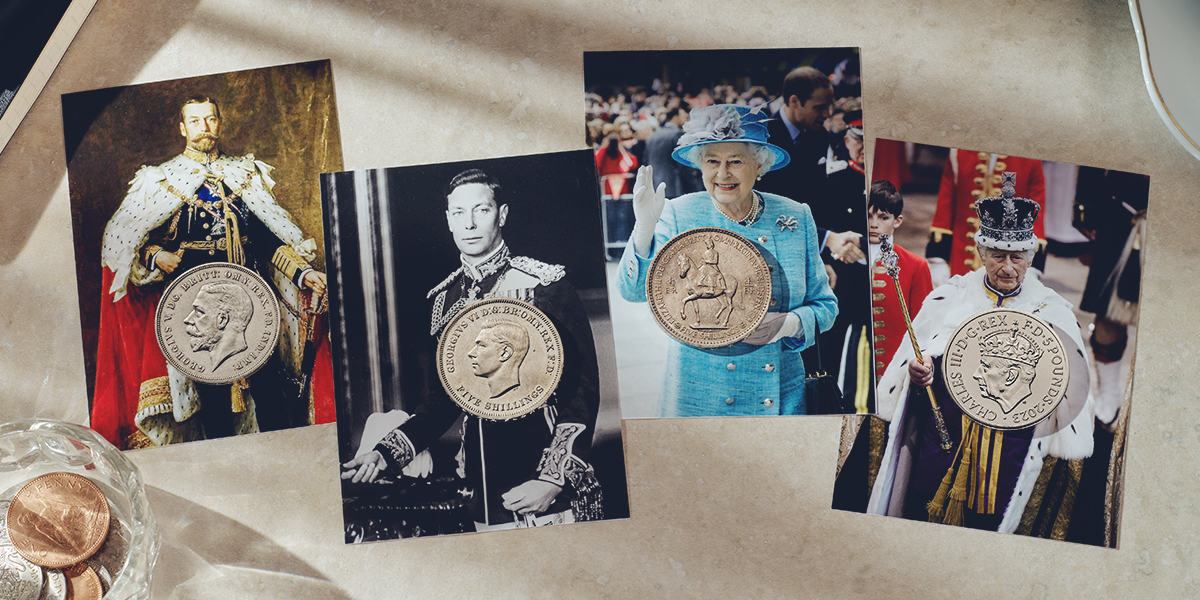
The Windsor Family
The House of Windsor has produced five monarchs who have reigned over Britain for more than 100 years and later served as heads of the Commonwealth. Since it was established, the House of Windsor has produced some of the most remarkable events in British royal history.An abdication crisis led to the shortest reign of the dynasty, whilst Queen Elizabeth II’s reign was the longest in British history.
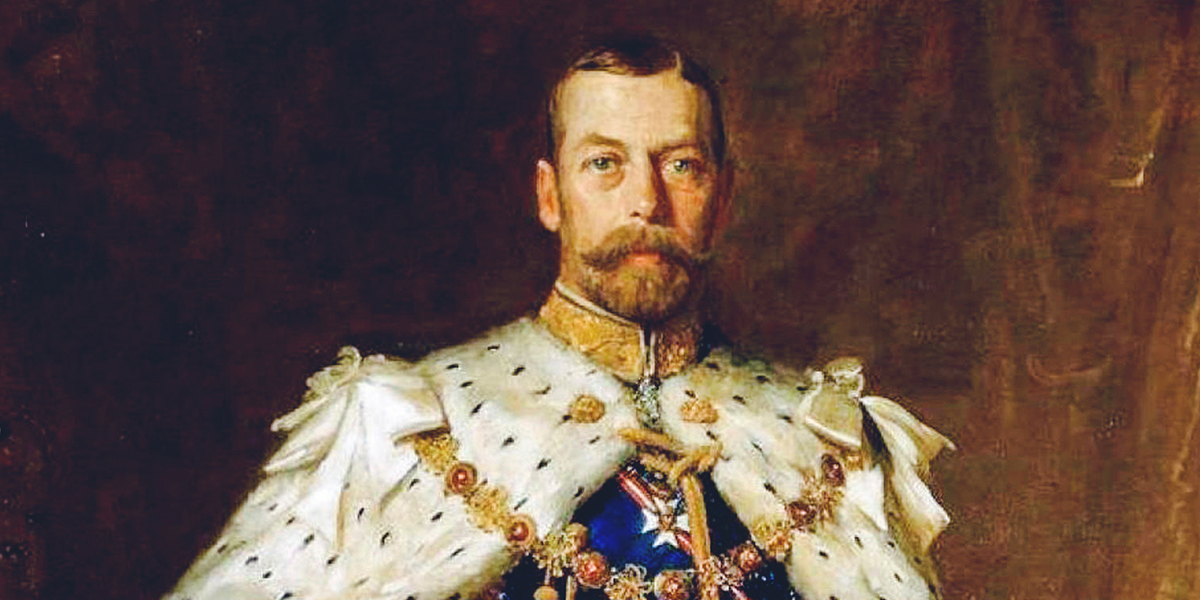
George V
George V, the founder of the House of Windsor, came to the throne in 1910 during a time of great political and cultural change. During the First World War, the monarch acted as a figurehead and symbolic leader of the nation’s struggle.
He took a far more active role than any of his predecessors in bringing the monarchy to the people. Buckingham Palace was placed on an austerity footing, whilst he and Queen Mary made more than 450 visits to troops and 300 morale-boosting tours of hospitals that were treating wounded servicemen. He also pressed for the proper treatment of German prisoners-of-war and more humane treatment of conscientious objectors at home.
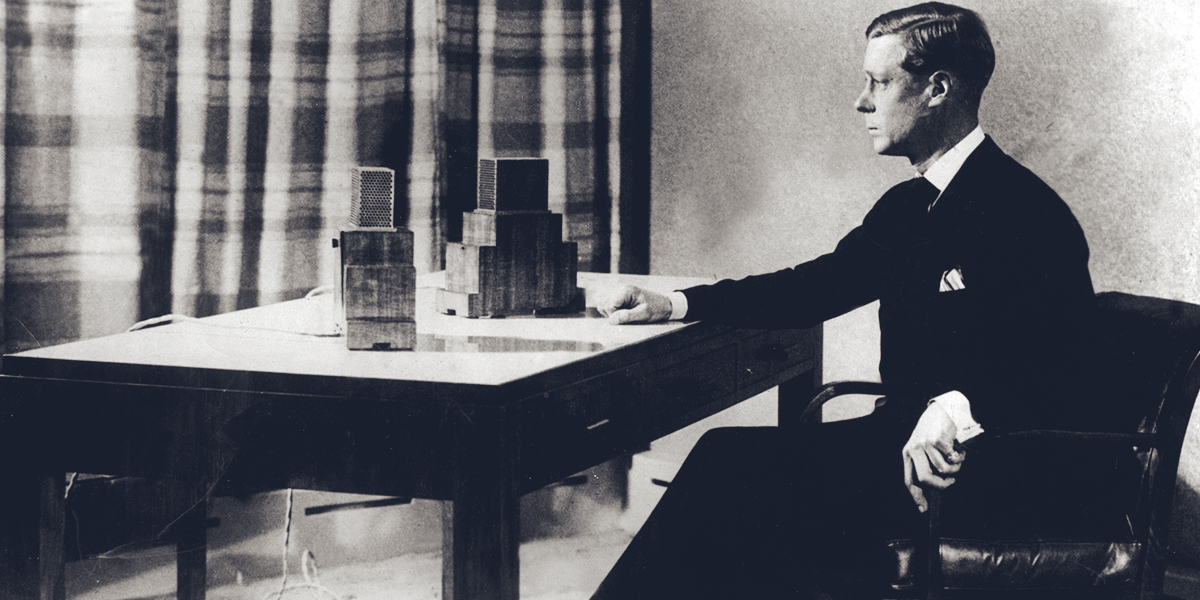
Edward VIII
Edward VIII succeeded his father in 1936 but was never crowned. The second king of the House of Windsor was the cause of the dynasty’s first major public crisis. Edward had to choose between his public duty and a life with Wallis Simpson. A twice-divorced American woman, she would not have been viewed as an acceptable partner by the establishment or Royal Family of the era, namely due to the monarch’s position as the head of the Church of England.
On 11 December 1936, Royal Assent was given to the king’s abdication. Under this act, any children Edward might have had were automatically excluded from succession to the throne. This changed the future of the House of Windsor as it allowed Edward’s younger brother Prince Albert to become king. Born Albert Frederick Arthur George Windsor, he became George VI when he acceded to the throne.
“I have found it impossible to carry the heavy burden of responsibility and to discharge my duties as King as I would wish to do, without the help and support of the woman I love.”
Edward VIII, December 1936
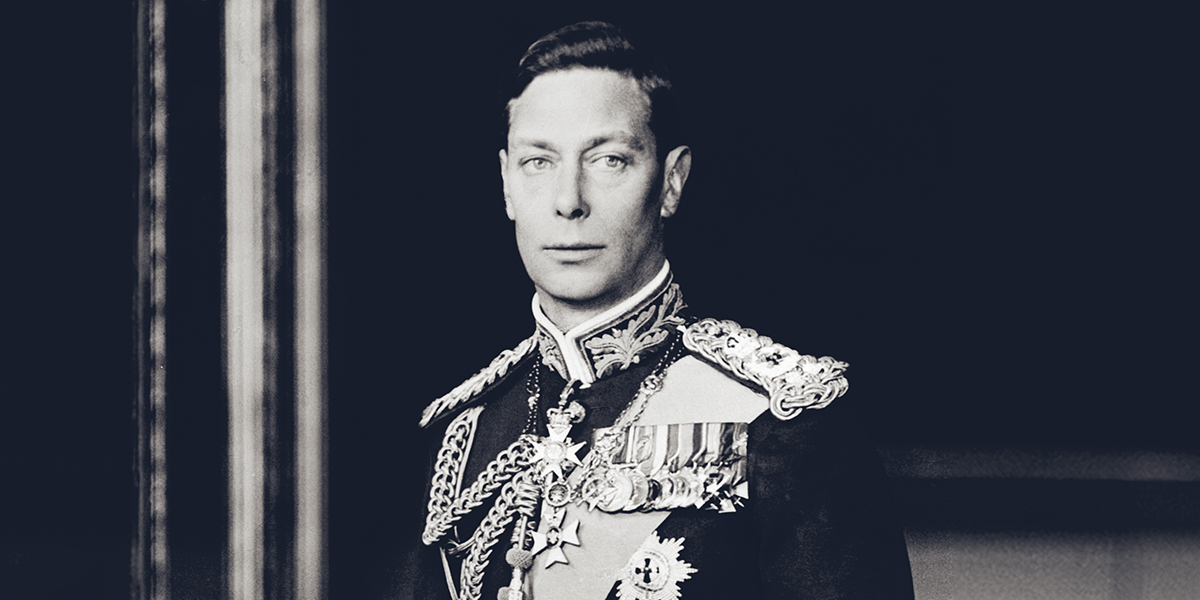
George VI
As the younger son of George V, George VI had never expected to become king, but he succeeded his brother after the abdication crisis of 1936. He overcame his natural shyness, and a serious speech impediment, and was helped in his royal duties by his wife, Queen Elizabeth, who was later known as Queen Elizabeth The Queen Mother.
The king and queen became a reassuring presence through the Second World War, standing with the nation in difficult times and even refusing to leave the capital at the height of the Blitz. Having served in the Royal Navy during the First World War, George VI was keen to visit his troops whenever possible.
In 1940, he instituted the George Cross and George Medal, which were awarded for acts of bravery. At the king’s funeral in 1952, the UK Government’s wreath bore a message from Winston Churchill that read ‘For Valour’, the inscription seen on the Victoria Cross.
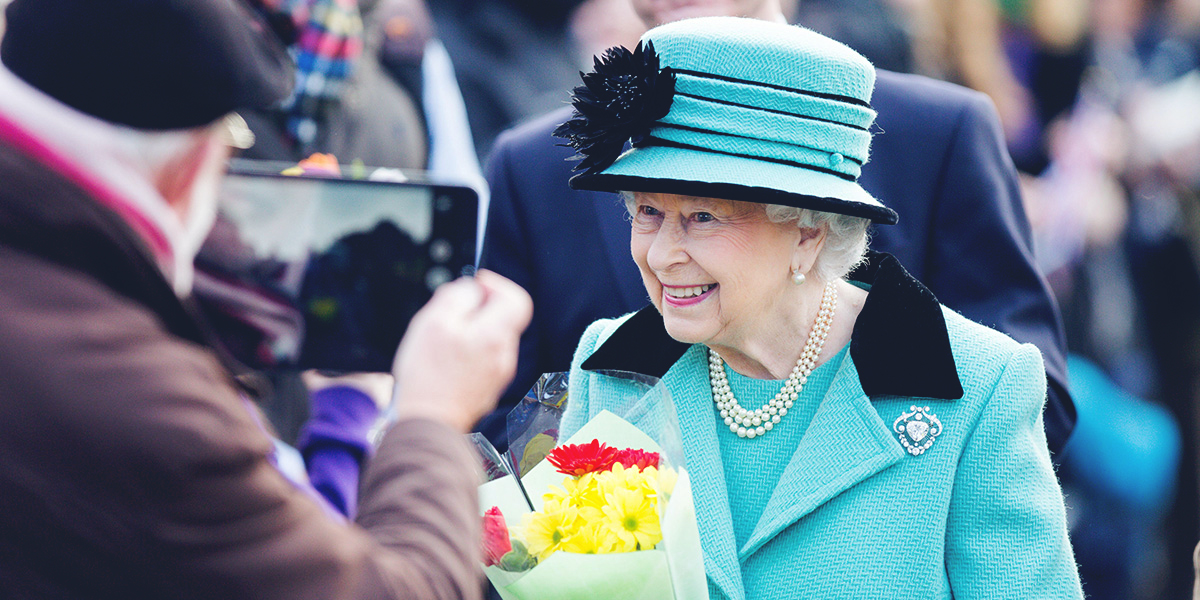
Elizabeth II
Upon her father’s passing, 25-year-old Princess Elizabeth became queen; she dedicated herself to her duty like her father before her, even retaining the name Windsor for her descendants rather than giving them the surname of their father, Prince Philip.
Representing the longest reign in British royal history, Queen Elizabeth II was one of the hardest-working monarchs of the House of Windsor. Following her coronation in 1952, she visited 117 countries across the Commonwealth and the world, carrying out hundreds of public engagements every year.
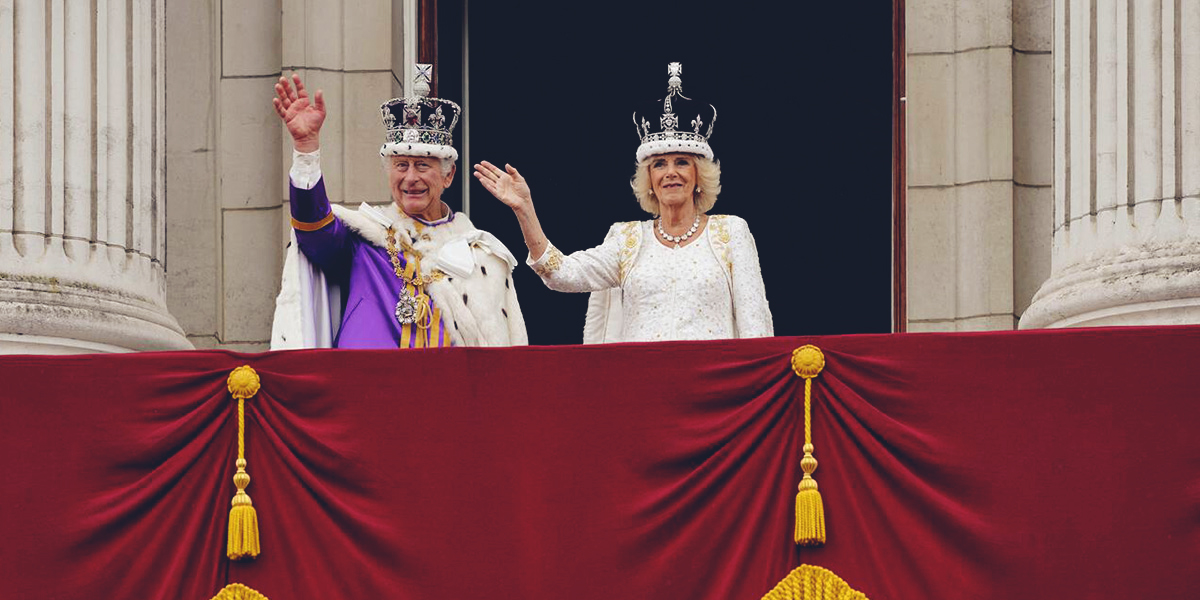
His Majesty King Charles III
Born at Buckingham Palace on 14 November 1948 and christened Charles Philip Arthur George, His Majesty The King is the eldest son of Elizabeth II and Prince Philip. Upon his mother’s passing on 8 September 2022, he acceded to the throne and became King Charles III following more than 70 years as heir apparent.
His Majesty is passionate about many things, including the arts, architecture and supporting disadvantaged young people. Throughout his life, he has been an ardent campaigner on environmental issues, with The King’s philosophy on sustainability revolving around the principle that it is better to work with nature than to work against it.
The Future
Since the House of Windsor was founded, society has been unlike any other time in history. Life today isn’t the same as it was 100 years ago, and neither is the Royal Family. Today, the once distant monarchy that many would have only seen in portraits or on coins in the past has become closer to the public as the Windsors embrace the technology of a digital age.
As a Royal House that is continually evolving, 2013 saw a landmark change take place. Under the Succession to the Crown Act, male heirs no longer take precedence over their sisters, bringing an end to the system of preference that existed since the Act of Settlement of 1701. This means that Her Royal Highness Princess Charlotte of Wales is now third in line to the throne, following her father His Royal Highness The Prince of Wales and her elder brother His Royal Highness Prince George of Wales.
Specification
The Coronation of His Majesty King Charles III 2023 UK £5 Brilliant Uncirculated Coin
| Specification | Value |
|---|---|
| Denomination | Crown |
| Alloy | Cupro-Nickel |
| Weight | 28.280g |
| Diameter | 38.61mm |
| Reverse Designer | Timothy Noad |
| Specification | Value |
|---|---|
| Obverse Designer | Martin Jennings |
| Quality | Brilliant Uncirculated |
| Year | 2022 |
| Pure Metal Type | Base Metal |
1953 Elizabeth II Coronation Crown
| Specification | Value |
|---|---|
| Denomination | Crown |
| Alloy | Cupro-Nickel |
| Weight | 28.280g |
| Diameter | 38.61mm |
| Reverse Designer | Edgar Fuller & Cecil Thomas |
| Specification | Value |
|---|---|
| Obverse Designer | Gilbert Ledward |
| Quality | Circulating |
| Year | 1953 |
| Pure Metal Type | Base Metal |
| Condition | Extremely fine |
1951 George VI Crown
| Specification | Value |
|---|---|
| Denomination | Crown |
| Alloy | Cupro-Nickel |
| Weight | 28.280g |
| Diameter | 38.61mm |
| Reverse Designer | Benedetto Pistrucci |
| Specification | Value |
|---|---|
| Obverse Designer | Thomas Humphrey Paget |
| Quality | Circulating |
| Year | 1951 |
| Pure Metal Type | Base Metal |
| Condition | Extremely fine |
1935 George V Silver Jubilee Crown
| Specification | Value |
|---|---|
| Denomination | Crown |
| Alloy | .500 Silver |
| Weight | 28.280g |
| Diameter | 38.61mm |
| Reverse Designer | Percy Metcalfe |
| Specification | Value |
|---|---|
| Obverse Designer | Bertram MacKennal |
| Quality | Circulating |
| Year | 1935 |
| Pure Metal Type | Silver |
| Condition | Extremely fine |
